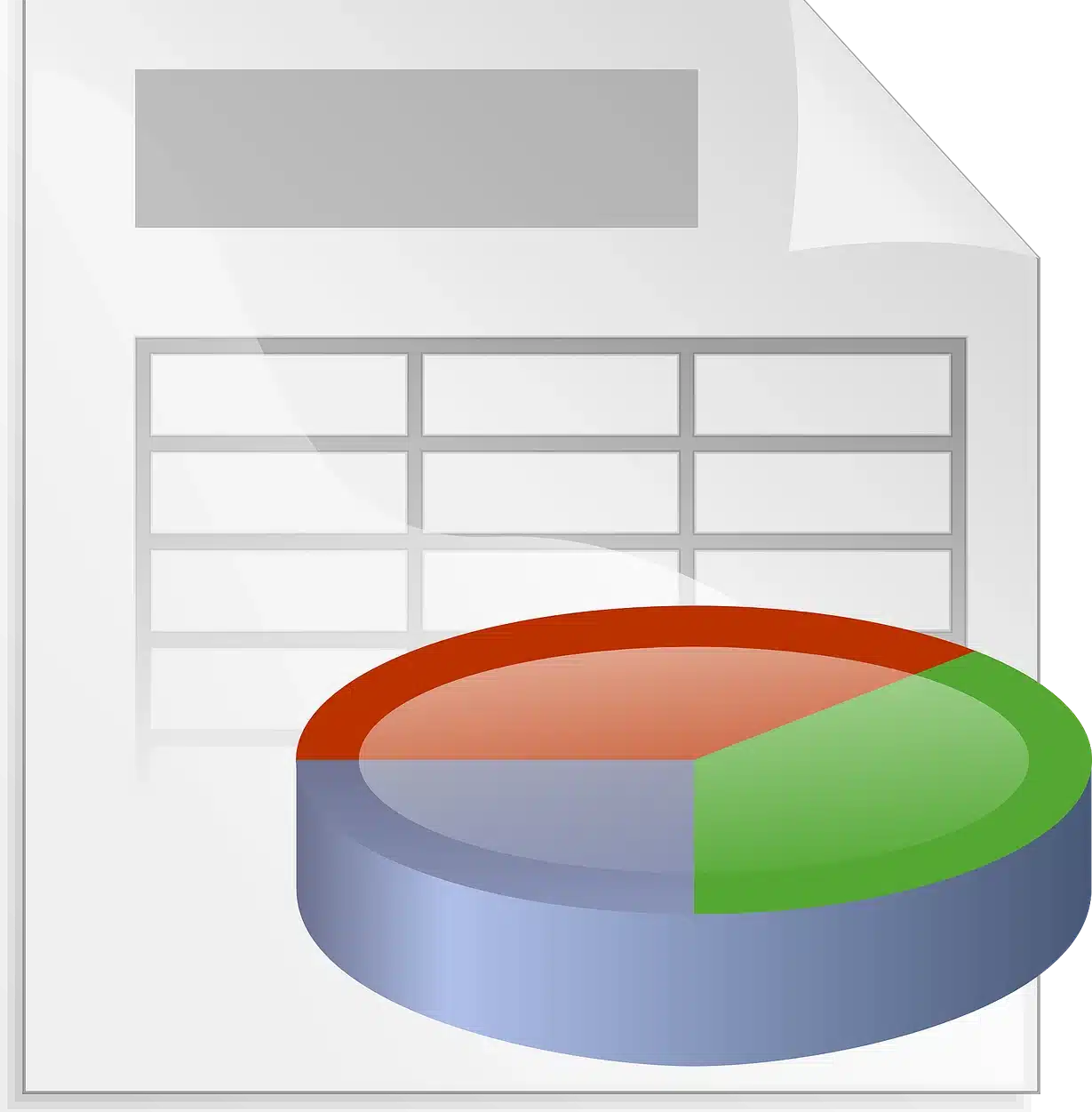
A comparison chart is a diagram that makes comparisons easy.
A comparison chart is a graphical tool used for comparison . The elements being compared are placed in columns and then, in different rows, the data in question is mentioned.
It should be noted that a table can be a graph that specifies the links between different data. Comparative , on the other hand, is that which allows a comparison to be made (the discovery of the similarities and differences between various elements based on their analysis or observation ).
Comparative tables are used to organize information , facilitating the identification of similar and different characteristics in concepts. That is why they are useful for acquiring knowledge and memorizing content.
Examples of comparative table
Suppose a student must take a social sciences exam that will focus on North American countries . As you study, you decide to create a comparative chart.
In the columns, place the names of the countries: MEXICO , UNITED STATES and CANADA . Under the column corresponding to each nation , start writing different data, one per row to allow comparison:
Capital: MEXICO CITY / WASHINGTON DC / OTTAWA
Surface: 1,964,375 KM2 / 9,371,174 KM2 / 9,984,670 KM2
Government system: FEDERAL REPUBLIC / FEDERAL REPUBLIC / FEDERAL PARLIAMENTARY MONARCHY
A young woman who is planning her vacation , for her part, can develop a comparative table to define which hotel is most convenient for her:
HOTEL LIBERTADOR / GOLDEN SANDS HOTEL
4 STARS / 3 STARS
INCLUDES BREAKFAST / INCLUDES BREAKFAST AND DINNER
IT HAS A SWIMMING POOL / IT DOES NOT HAVE A SWIMMING POOL
Take the case of a sports journalist who is preparing to comment on a football match on television. With the intention of having data of interest available and being able to fulfill its role in the best possible way, it prepares a comparative table that helps it know the current situation of each group:
CLUB ATHLETICO SAN JUAN / DEPORTIVO LAS FLORES
1ST IN THE CHAMPIONSHIP / 12TH IN THE CHAMPIONSHIP
8 MATCHES WON / 2 MATCHES WON
3 TIE GAMES / 4 TIE GAMES
0 LOST MATCHES / 5 LOST MATCHES

There are templates that help create a comparative table.
Data comparison
It is important to highlight that the comparative table not only serves to contrast groups of data but also phenomena , and that the information is only obtained once the comparison has been made. For example, in a social experiment, twenty people of all ages receive a command that gives rise to two opposite tendencies and then the reaction of each is observed. At the end, the result is entered into the table, where two quite marked age groups are evident according to their behaviors: the age of each participant is a piece of information, while the conclusion to which the study leads is information.
The data obtained through the use of a comparative table can be qualitative or quantitative in nature, depending on the case. It is an ideal tool for examining two or more objects visually: it is generally used in research to evaluate various models, discard the least viable ones, and provide a relatively detailed overview of the possibilities.

Comparative tables contribute to data visualization.
Advantages of the comparative table
The comparative table is very useful for making important decisions , which depend on a careful analysis of the available resources, since they allow you to observe all the variables objectively and in depth.
One of the benefits of comparative tables is that they allow us to organize the information and, consequently, achieve a degree of organization that opens the doors to better decisions. They are currently present on various Internet sites; In electronic commerce, to cite one case, they help users to clearly detect the differences between a group of products to choose the most appropriate one for their needs.
By organizing the information into categories, you can make a contrast and find similarities and differences. As we already indicated, the value of the comparative table is given by the comparison itself, although it also helps to make a summary or capture a description .
It should be considered that the comparative table offers a visual representation of the data that facilitates its understanding thanks to categorization and segmentation. Other similar resources are the synoptic table , the concept map and the infographic , each with its characteristics and purposes.
Your story
Although it is so common today, the comparative table emerged at the beginning of the 19th century . Already in 1785 , however, a map was prepared in which the dimensions of the European countries of the time were compared.
The first formal examples of a comparative table began to appear in the early 1800s . Charles Smith and John Thomson published comparative tables listing the heights of various mountains and elevations around the world . Also common were paintings focused on the comparison of rivers, monuments, planets and animals , taking different data as reference, which could be length, height and size, among others.
Today you can use a design or digital processing tool to create a comparative table. It is common to use spreadsheet software , such as Microsoft Excel or Google Sheets , as they offer many facilities for working with columns and rows.
